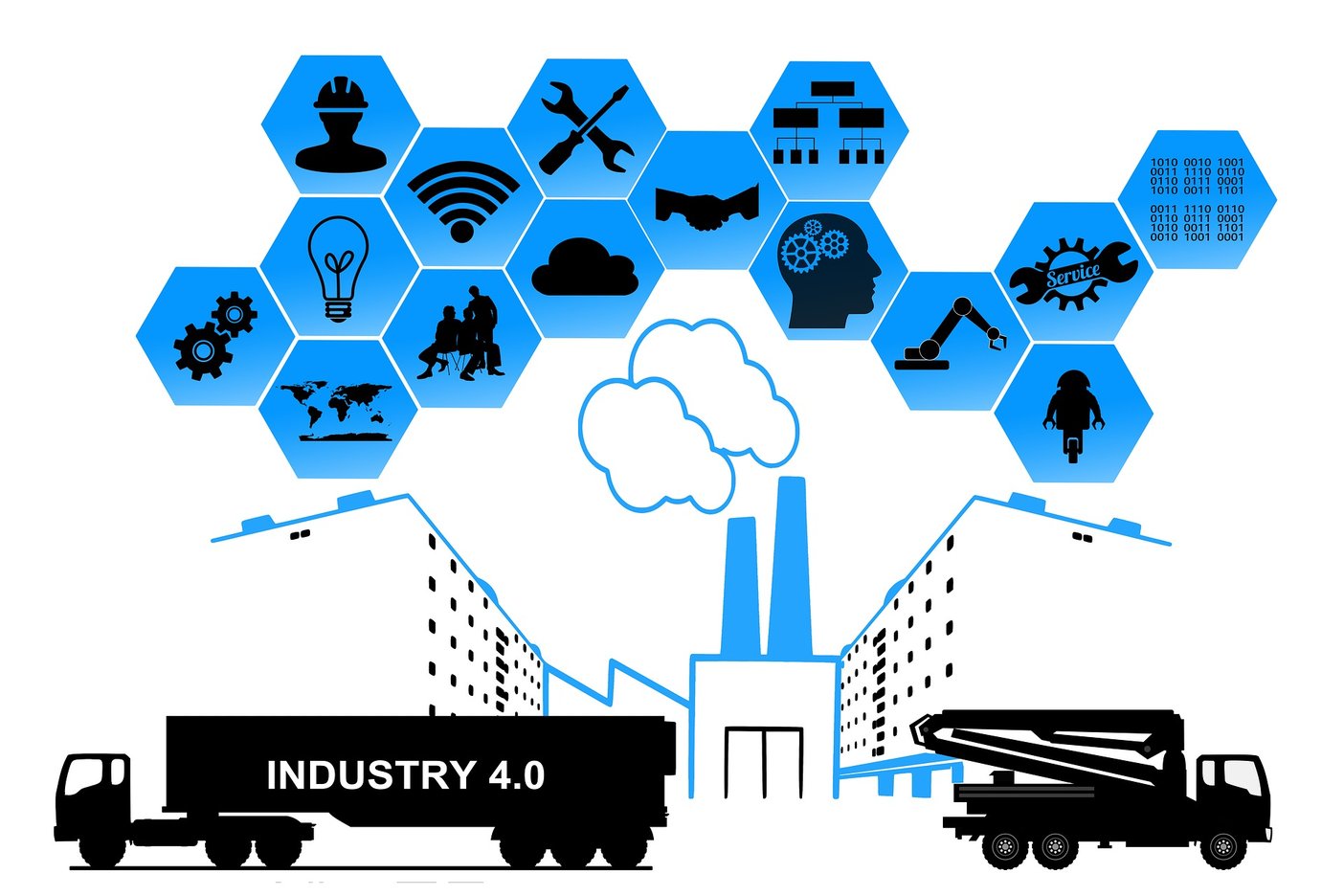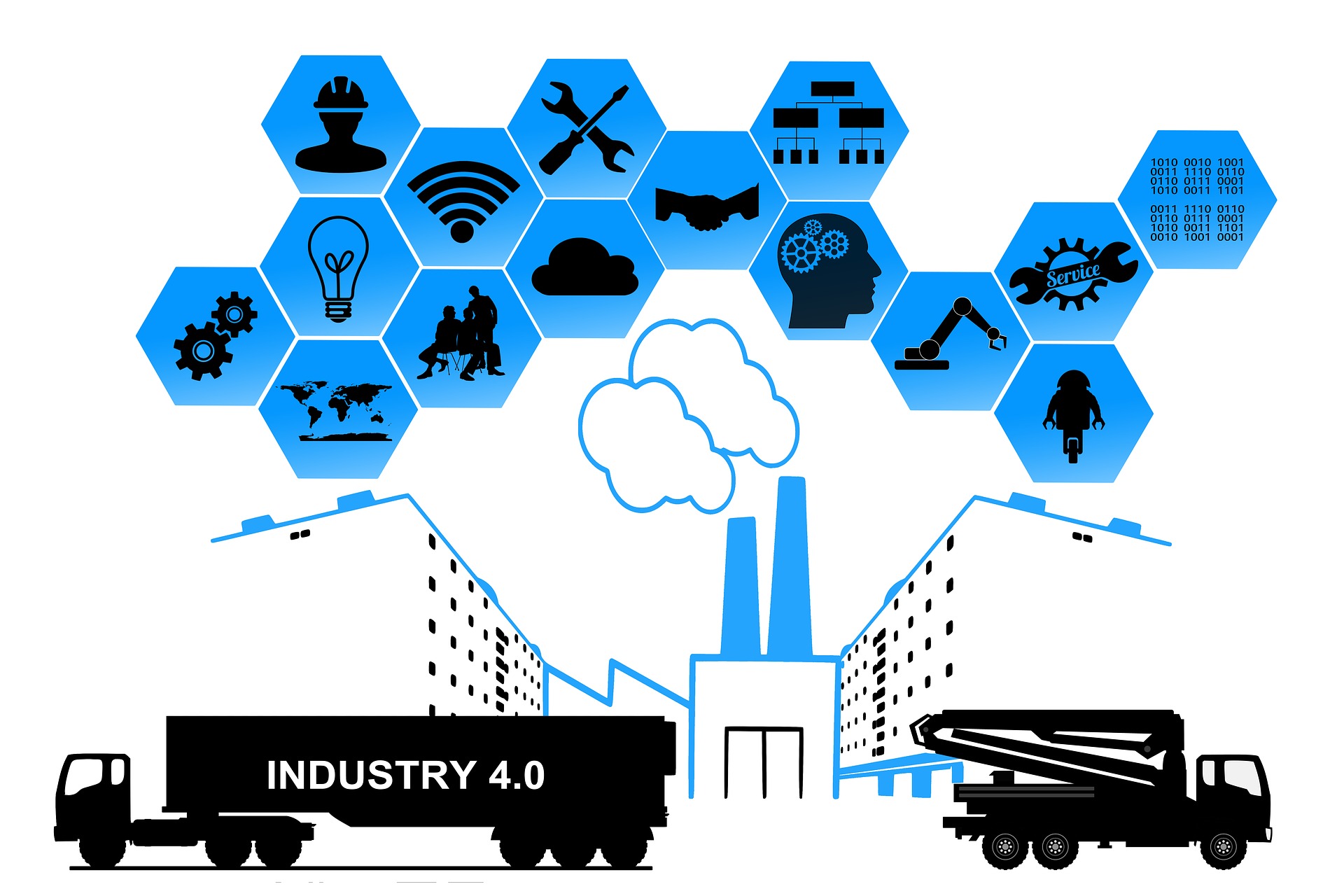
Telematics software is a powerful tool for fleet management, but it’s not a sufficient solution for managing vehicle inspections.
With its remote diagnostic capabilities, telematics can help with identifying vehicle performance problems, such as a vehicle’s current fuel efficiency, but it can’t replace the need for a visual inspection. Telematics isn’t going to tell you, for example, that there’s a crack in the bucket of a backhoe.
Much telematics software isn’t even designed to provide useful information about a vehicle’s condition. Instead, it is designed to monitor driver behavior, such as location, average speed, braking tendencies, fuel usage, and idle times.
However, some telematics software does monitor conditions relative to maintenance, such as the level of oil and other fluids. Some solutions can even be used to intelligently schedule preventative maintenance based on a vehicle’s condition and shop resources.
But even the telematics software designed to facilitate predictive maintenance isn’t designed to ensure compliance and documentation of inspections performed. Just because a vehicle can automatically communicate its condition doesn’t free you from the obligation to conduct and document inspections as legally required.
Ideally, a telematics solution that provides diagnostic data about a vehicle’s condition would be used in conjunction with audit/inspection software designed specifically to guide, document, and report vehicle inspections.
The telematics software can help maintenance personnel keep on top of important vehicle metrics, while a robust audit/inspection software solution (e.g., The Checker Software) can be used to detect defects that are undetectable by telematics software, as well as to provide readily available inspection documentation for compliance and liability-minimizing purposes.
In addition, you can instantly communicate results to the people you choose, add notes and pictures, and assign tasks to resolve defects. And the inspection data you gather is not only important to demonstrate your commitment to safety, it can be used (via configurable dashboards) to guide decisions about operational, maintenance, and procurement issues.
No telematics software can do that. And no telematics software can be used to audit or inspect not just vehicles but also facilities, jobsites, and any other asset you need to check.
So, yes, telematics software has its place—keeping tabs on assets—but it’s no replacement for audit/inspection software that can manage all aspects of a comprehensive program designed to improve safety and ensure compliance. Telematics software is a valuable tool, but it’s not an inspection management tool.
Takeaway
If you’ve invested in (or thinking about) telematics software for your fleet, don’t presume that it’s a sufficient replacement for software designed to manage audit and inspection processes. You need both.











